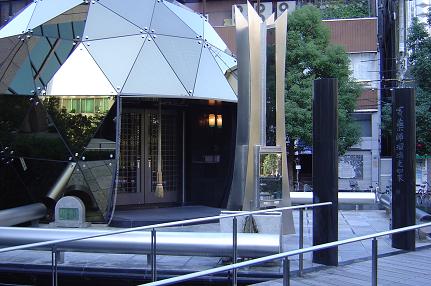Back in September Reuters reported on a clash at the Holy Sepulchre (or the “Anastasis” in the Orthodox tradition):
Fistfights broke out on Monday at Jerusalem’s Church of the Holy Sepulchre between Christian sects that jealously guard their hold on sections of the shrine built on the traditional site of Jesus’s crucifixion.
“There was lots of hitting going on. Police were hit, monks were hit … there were people with bloodied faces,” said Aviad Sar Shalom, an Israeli tour guide who witnessed the fight.
The tussle between Franciscans and Greek and Russian Orthodox clerics erupted during a procession through the church on Holy Cross Day marking the fourth century discovery of the cross which some faithful believe was used in the Crucifixion.
I lived in Jerusalem a few years ago and I have to say that the Holy Sepulchre must be the most fascinating building I have ever been inside. The structure itself, rebuilt and damaged many times since the Fourth Century, is a rambling mess of Byzantine, European, African and Russian architecture, and is divided between six different Christian groups in accordance with an arrangement decreed by the Ottoman authorities in 1757 called the status quo. The Greek/Russian Orthodox and the Roman Catholic Churches have the largest shares, but the Armenian Orthodox Church has two decent sized-sections. Around the back of the actual supposed tomb of Christ (an ornate cupboard-like building beneath the main dome) are small areas belonging to the Syriac Orthodox and Coptic Churches, while the Ethiopians have a monastery and a small chapel on the roof. A Muslim family has the key to the front gate, which is locked nightly with various priests and nuns inside.
So it’s a bit odd when into this extremely fragile religious ecosystem is injected Rev Moon’s Unification Church. John Gorenfeld links to this page from the Church’s website, a photo gallery of a pilgrimage last year during which the “burial of the cross” took place. This is a ceremony that reflects Moon’s decree that Christians should remove the symbol of the Cross from their churches. Apparently, part of this ceremony took place at the actual entrance to the site regarded as the tomb of Christ. One assumes that the various Christian groups within the building were so busy eyeing each other suspiciously that they overlooked what was going on.
An account of the Unificationist pilgrimage during which this event took place can be read here.
Filed under: Uncategorized | 6 Comments »



